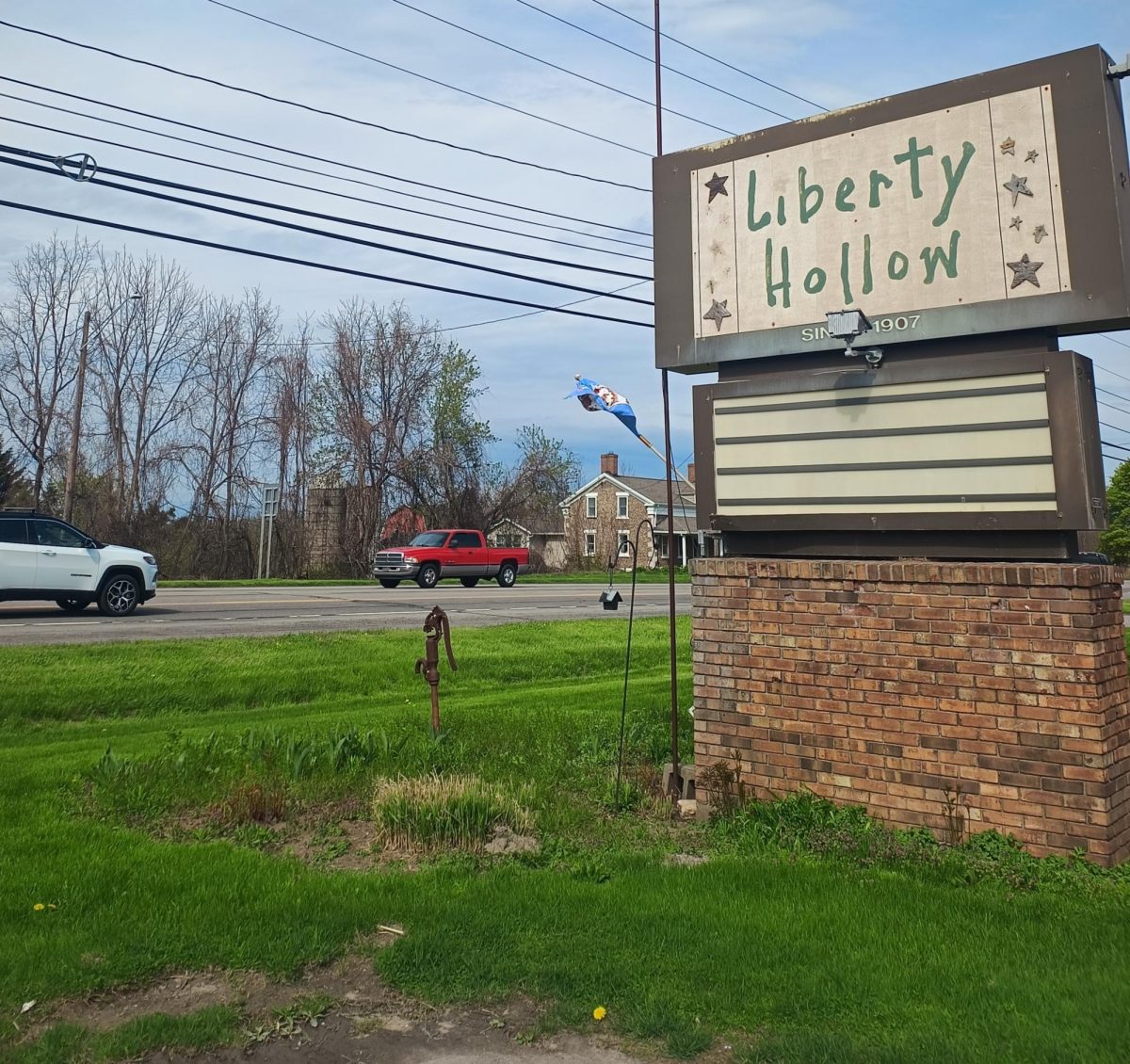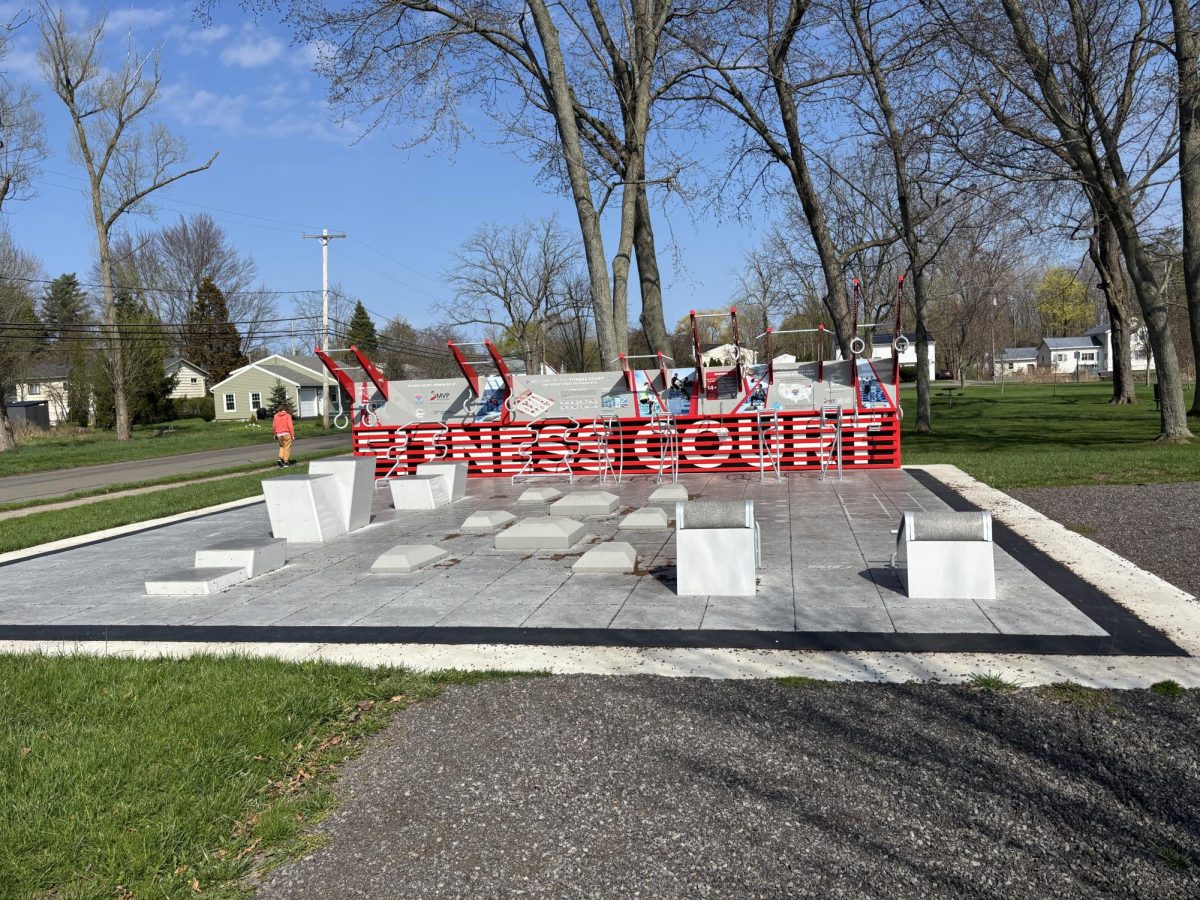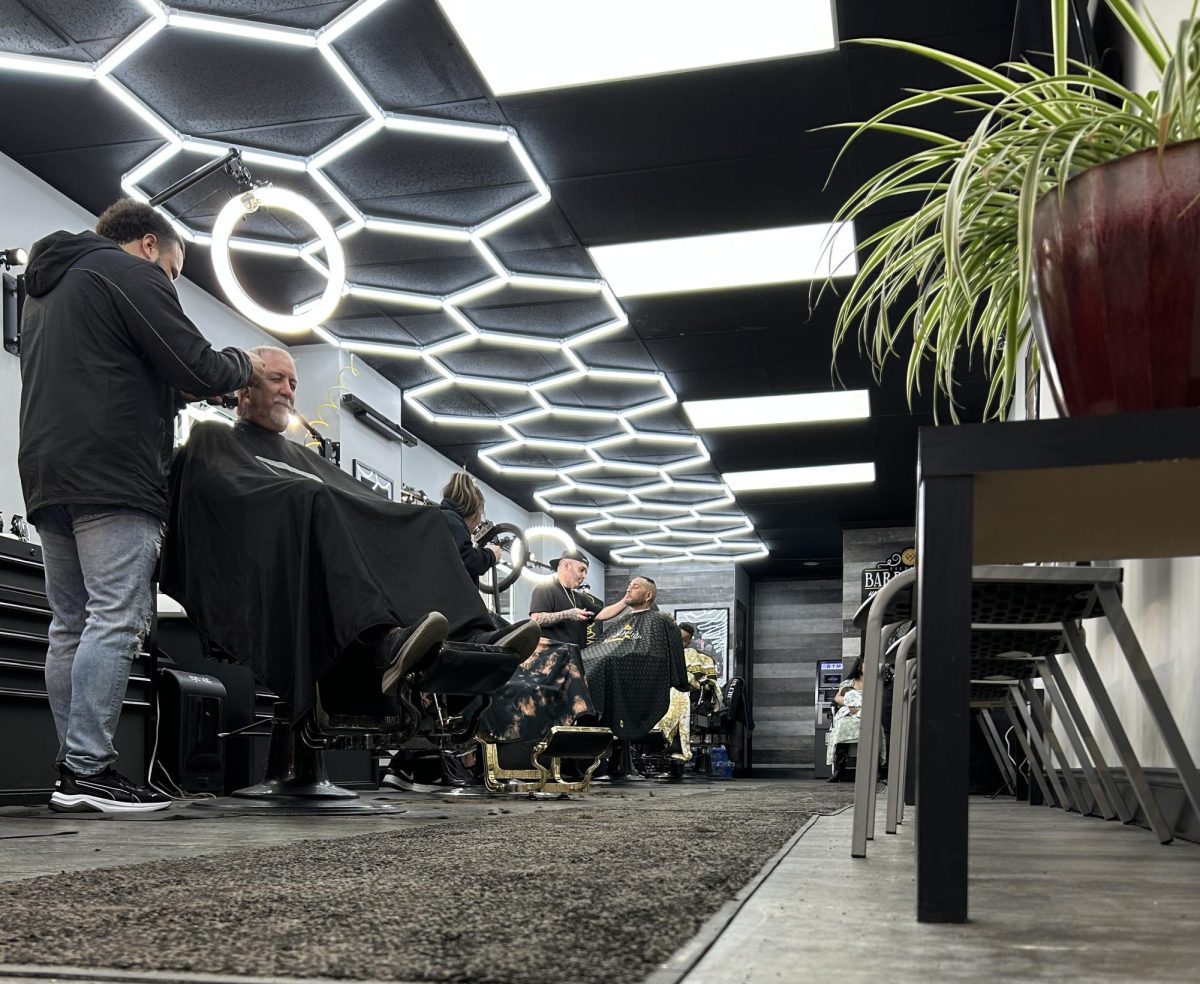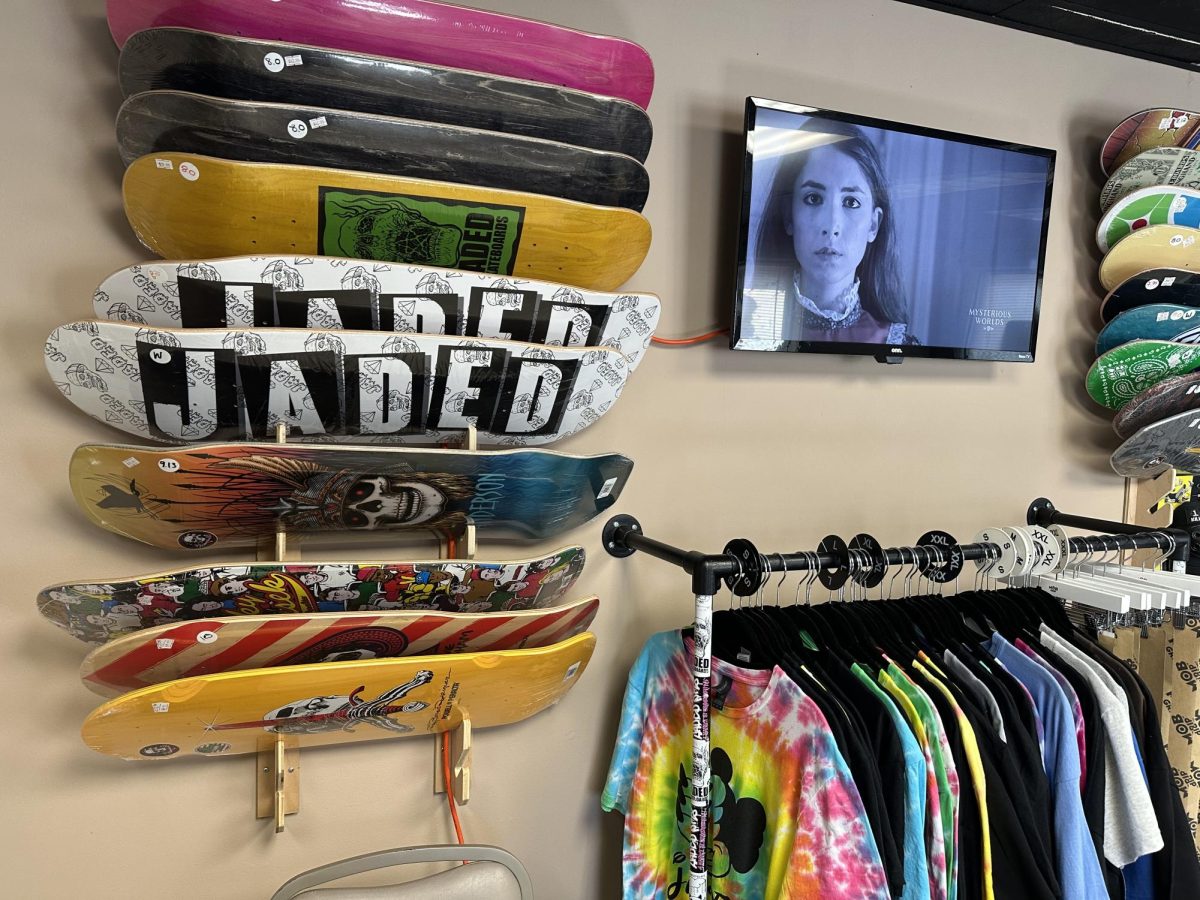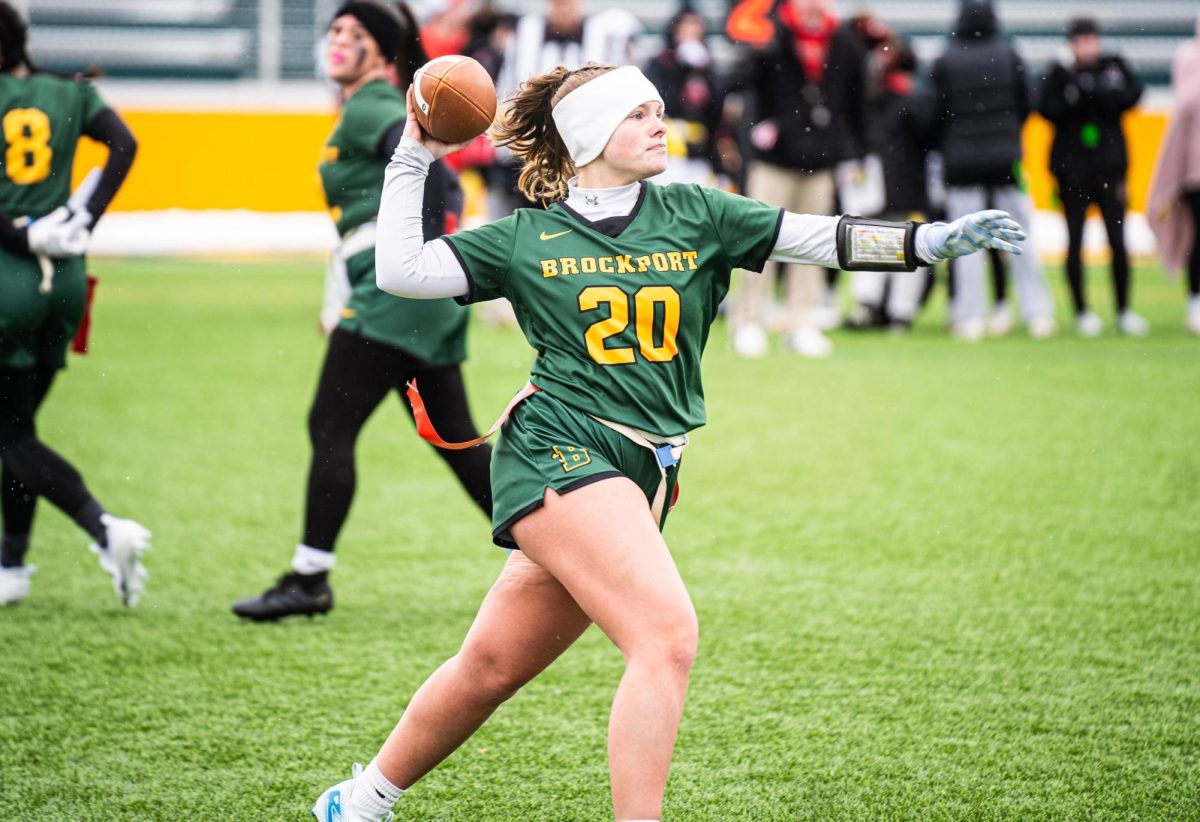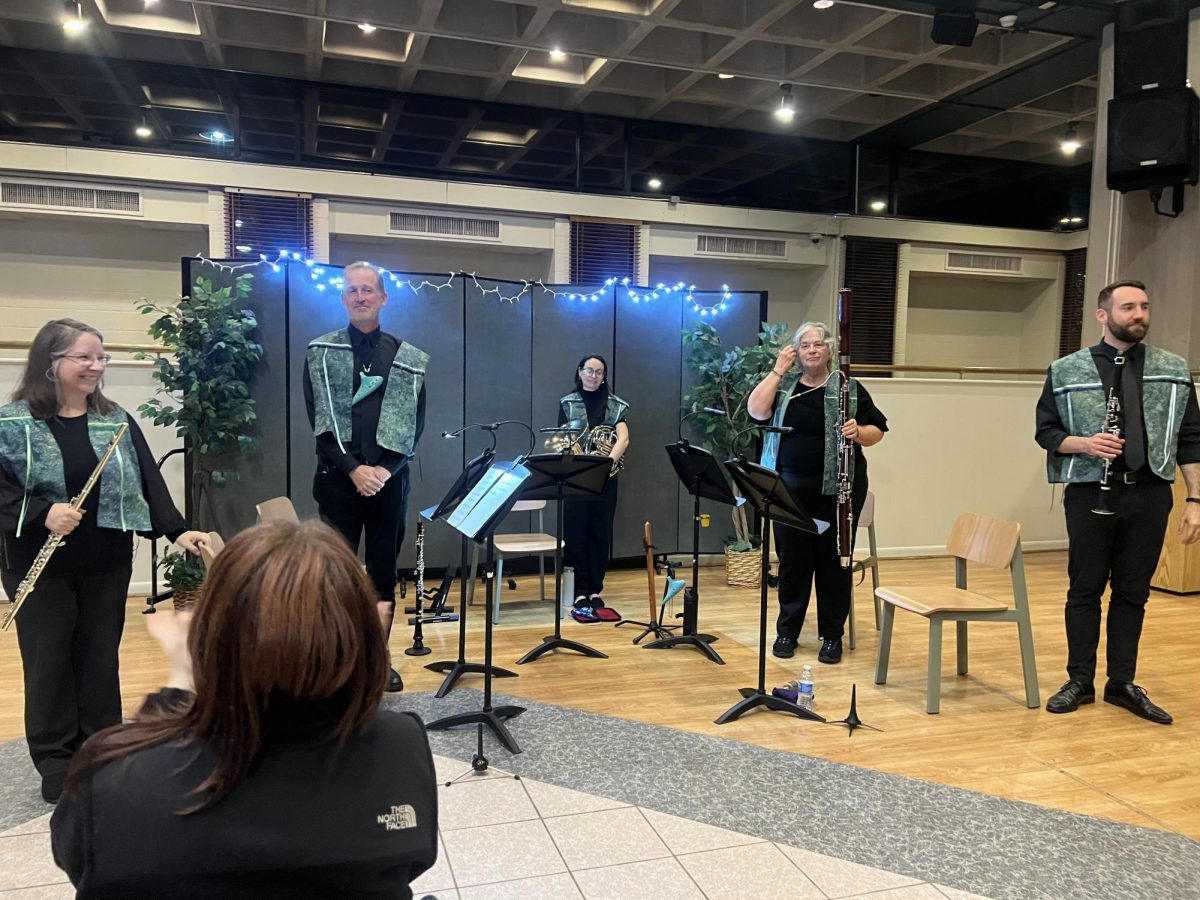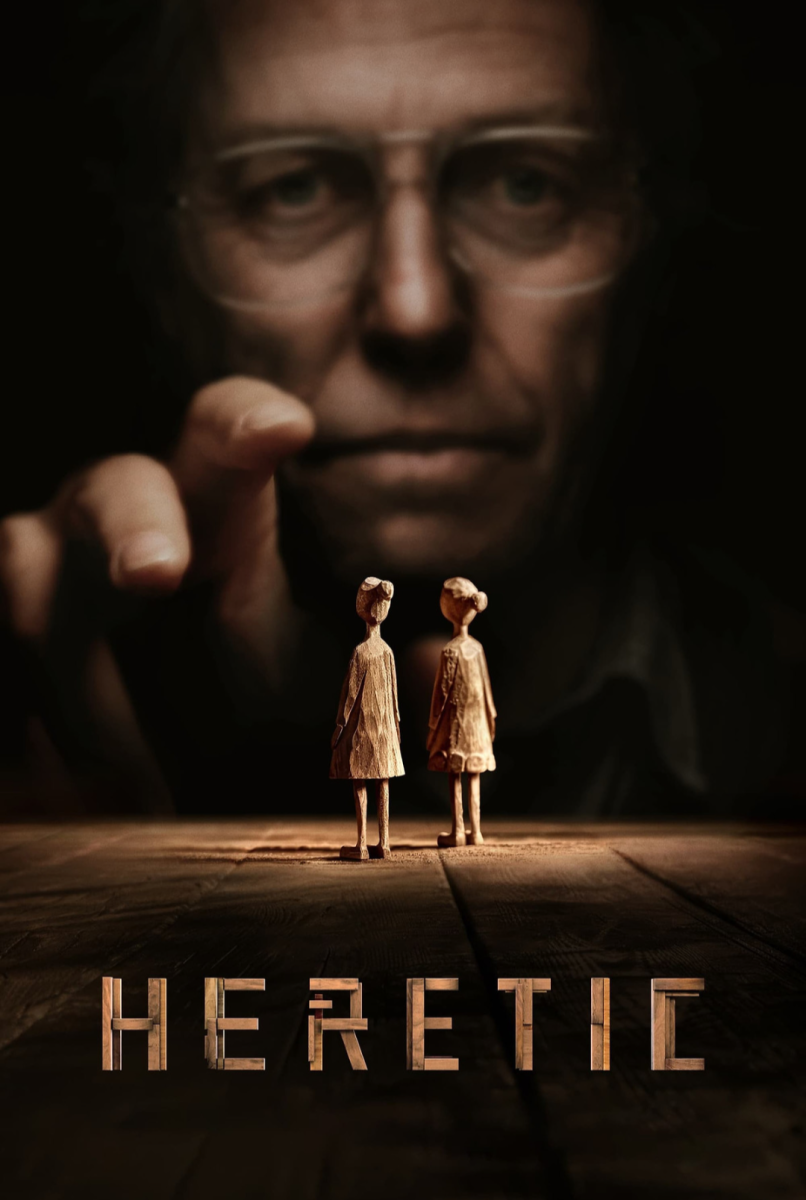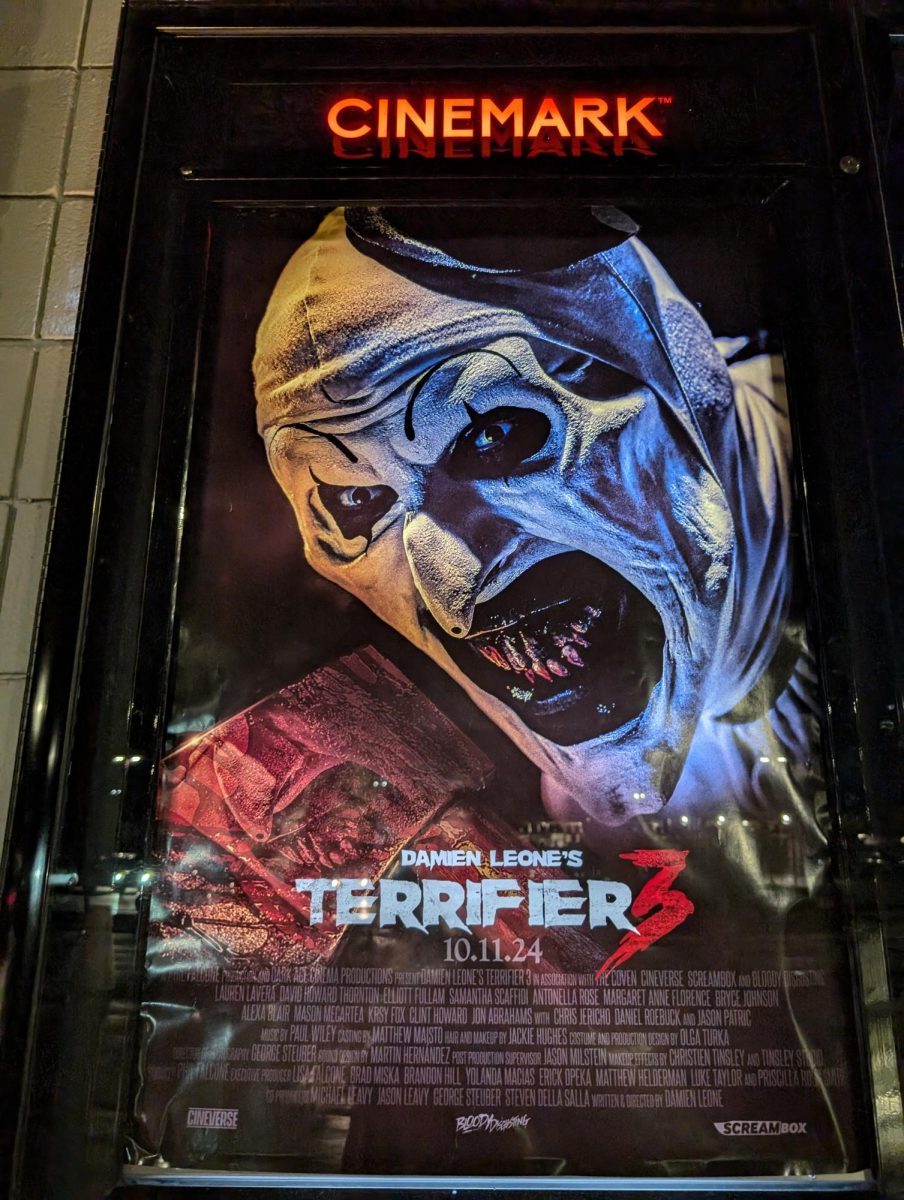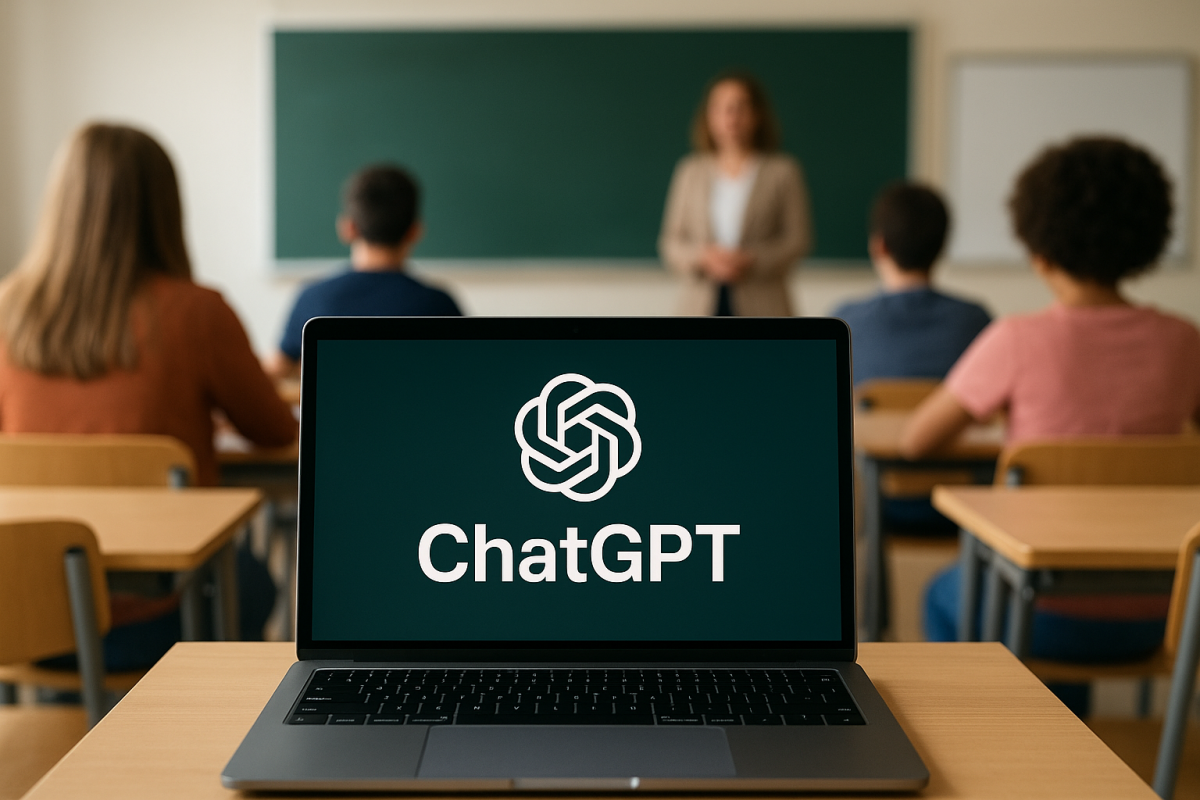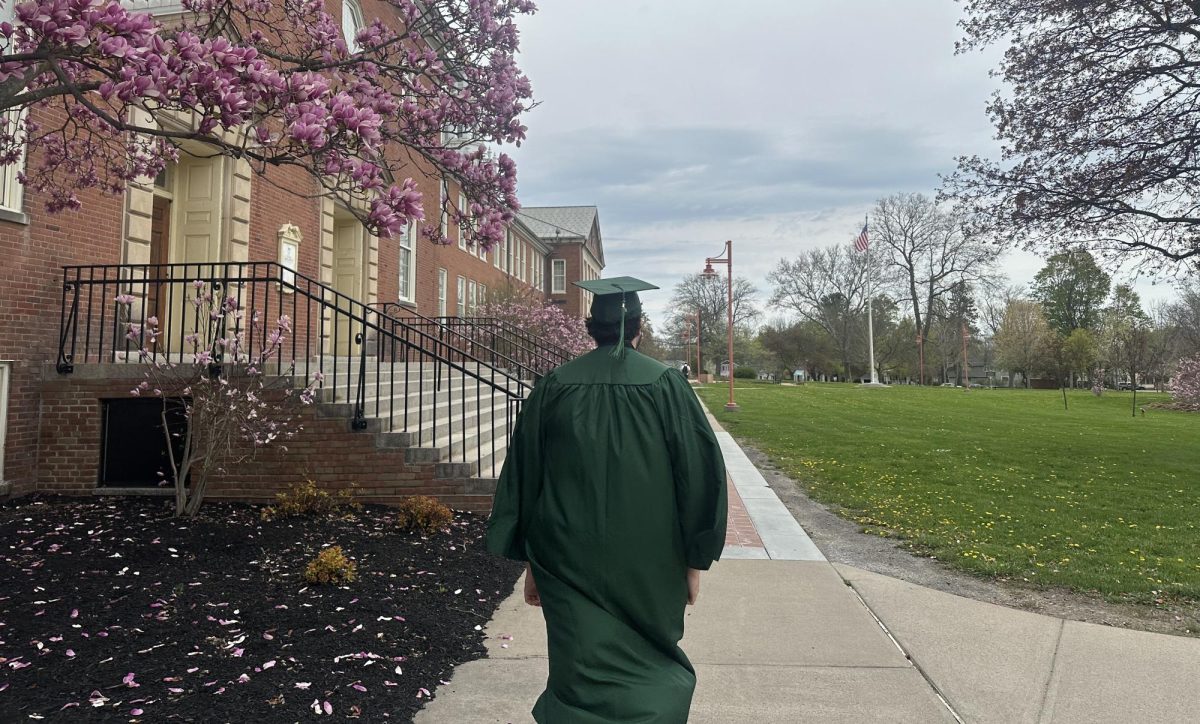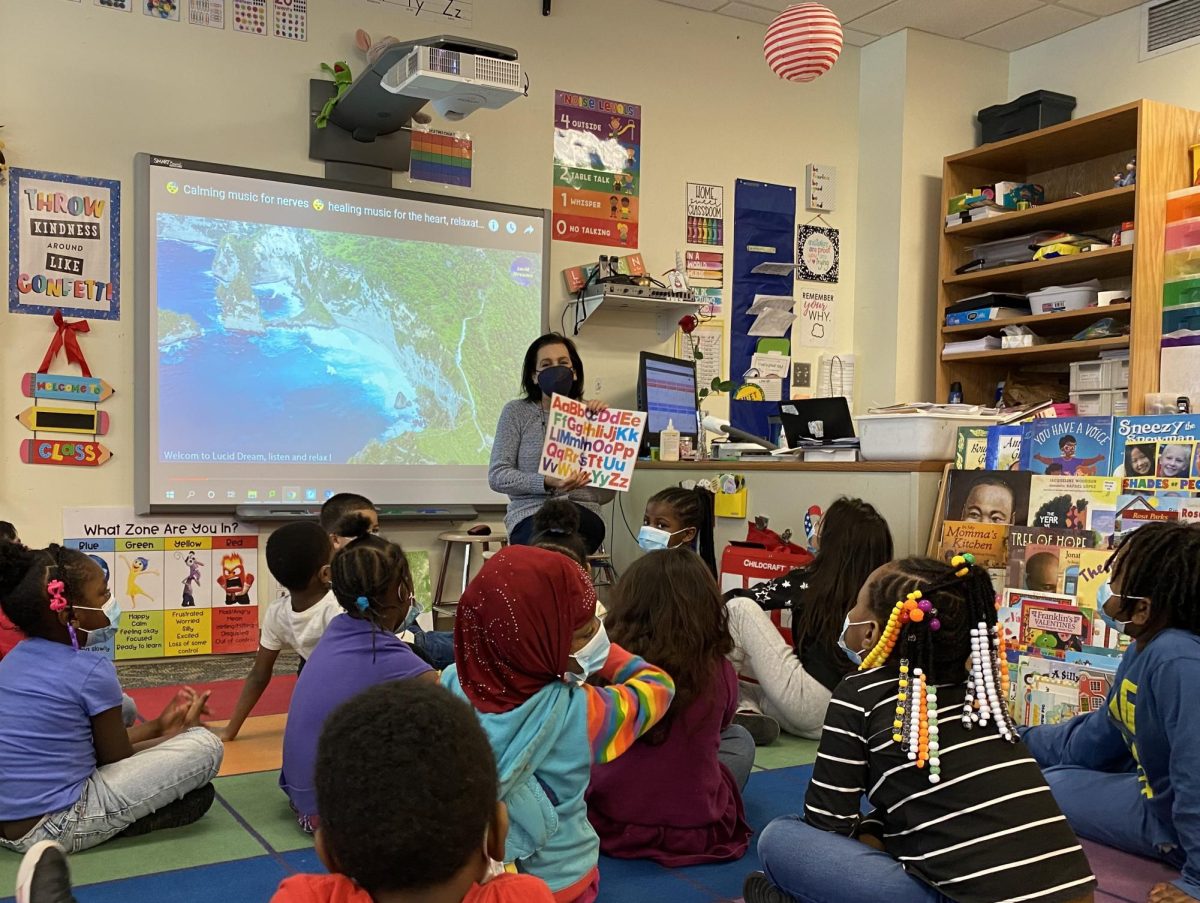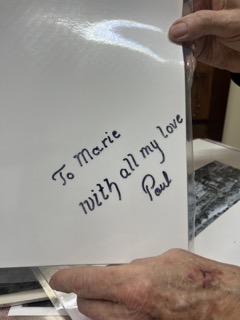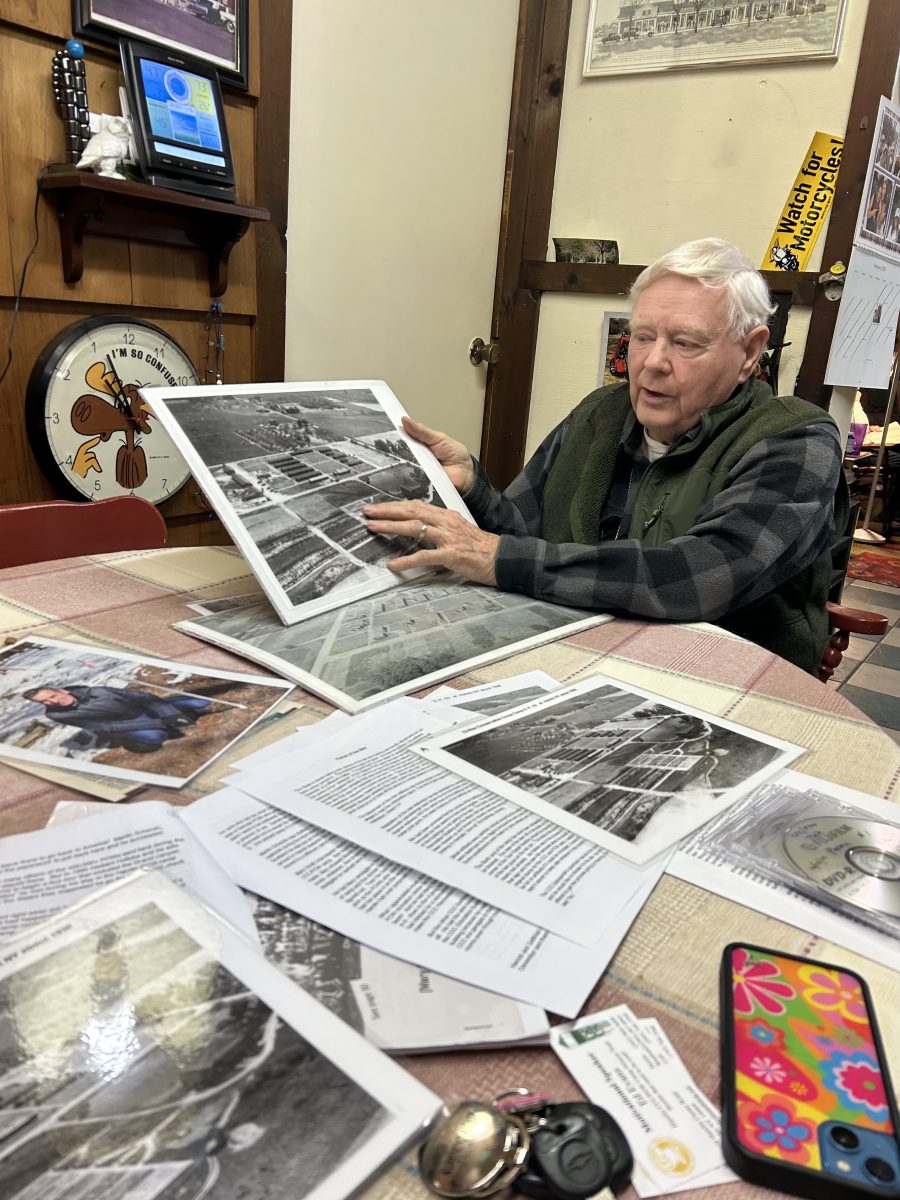When Gizzelle Gonzalez gets home from her Theories of Rhetoric class, she opens ChatGPT to sift through case studies. At the same time, Maria Liberatore is sitting down to start research for her AP History homework, but she sticks to Google.
Gonzalez, a senior at SUNY Brockport, is one of the many college students utilizing AI in their studies, and Liberatore, a senior at Brockport High School, is one of the few who choose not to.
Their split represents a greater divide: students who blindly welcome AI into their studies, using its tools for better or for worse, versus the students who approach AI with caution, skeptical of its place in education.
When ChatGPT launched in 2022, it instantly dug its claws into the classroom, giving students a simple, fast, and free way to complete their assignments with the press of a button. By 2025, 88% of students have used some form of AI in their studies to research, brainstorm, or complete assignments for them.

SUNY Brockport Associate Professor of Communication Elizabeth Thorpe has seen this rise firsthand. For Thorpe, AI has its possibilities to assist with mundane tasks, such as drafting an email, but in any real creative task, AI gets it wrong. In one of Thorpe’s classes, her students were assigned to have AI generate a paper based on certain guidelines and critique the paper.
“Almost without fail on all of these papers, AI gets it all wrong,” Thorpe said. “When it comes to knowing the specifics, knowing the details of a subject, and knowing how to apply a theory or critical method, AI is not good at the specifics. What we have to do when we’re writing papers or answering questions, is get the details right, and AI cant do that.”
For some students, it’s like having a 24/7 tutor, but its advance has also sparked concern. Educators worry about plagiarism, parents worry about overreliance, and experts wonder if a generation raised on instant answers could lose the problem-solving skills that education is meant to foster.
Students like Gonzalez view AI as a useful resource to speed up time spent on assignments. Instead of sorting through links on google, students turn to sites like ChatGPT to relay the information in the form of a paragraph. But it’s not just about the information given, it’s also about how it is received.

“I use ChatGPT more than Google now,” says Gonzalez, “The one big thing about AI is it responds fast and responds human. I don’t have to look through a bunch of websites on google because AI gives it to me quick and easy.”
While some students are convinced that generative AI mostly aids academics, educators are not as convinced. Staff writer for The Atlantic and former professor at Bates College, Tyler Austin Harper says the unapproved use of AI degrades every aspect of education itself, for those who depend on the technology, and those who avoid using it. Thorpe aligns with Harper’s belief.
“If you want to be competitive in a world with AI, you have to do what the machines can’t do,” Thorpe said. “If you spend your entire college career turning in things that AI did, then when you get out of college, you are 100% replaceable. If you use AI for four years, you have nothing to offer when you get out. Because what you have done is show for four years that AI can do your job.”
With instant human-like responses in paragraph form, students can have a three-page paper with sources for their history class in a couple seconds. Some view it as quick convenience; others see cause for concern.
Students like Liberatore are sounding the alarm when it comes to the overuse of AI. Seeing AI-generated pictures of her classmates, AI art used in her school cafeteria, even a teacher breakdown caused by worries that AI will replace her job, makes Liberatore anxious for the future.
“I’m going to college for journalism, but I don’t know what jobs will be available to me when I graduate,” Liberatore said. “Things are constantly changing, and it can go really well or really bad. I just hope it’s not the latter.”
Looking forward, many students are uncertain about what AI means for their future careers. Some view it as a powerful tool that, if used correctly, can make them more efficient and innovative; others are less hopeful. The concern isn’t just about replacement, but about relevance. Can you truly work with AI as a partner, or are you unknowingly training your competition? The lack of clear regulation around AI in both education and the workforce only adds to this unease. Without defined boundaries, students are left to navigate a blurry line between use and misuse.
If you like the conclusion to this story, that just proves how powerful of a tool AI can be – it wrote it.


